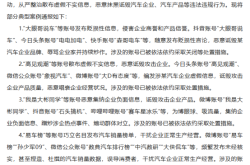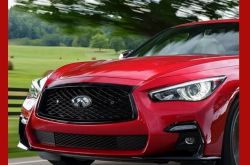Creating Niche Models: A Blind Pursuit of Innovation or a Recipe for Mediocrity?
![]() 12/30 2024
12/30 2024
![]() 530
530
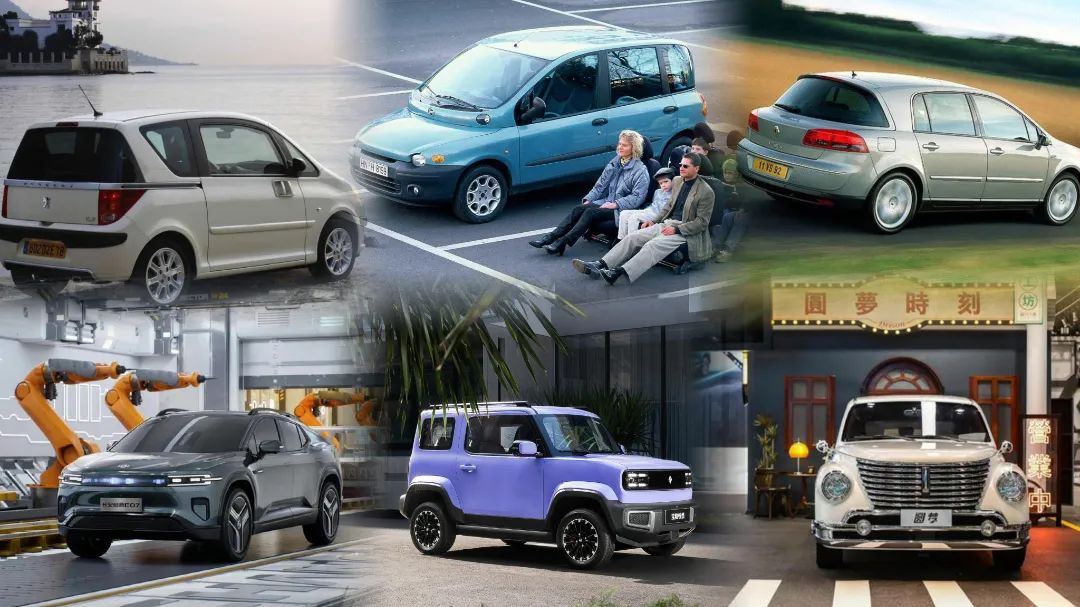
Introduction
Creating niche vehicles is inherently destined to struggle in becoming mainstream.
In recent years, market competition has intensified, engulfing nearly every automaker. Amidst an era of heightened anxiety and frequent setbacks for emerging players, companies seek survival strategies to navigate the fierce competition.
Unsure of the precise timing, the market has seen an influx of new models targeting various segments and niche groups. Sometimes, even automakers themselves struggle to categorize these innovative offerings, aiming for an elusive uniqueness.
Following the introduction of personalized vehicles like the Baojun Yueye and Leida Dizhixian, which appeared relatively conventional, this year's novel pickup SUVs and pure electric MPVs, with their varying lengths, have exemplified the concept of "niche vehicles" to the fullest.
Given the competitive landscape, this approach of further segmenting vehicle models diverges from traditional, step-by-step thinking. It resonates with the era's "quirky" backdrop and appeals to a cohort of young users with strong individual needs.
However, reflecting on these vehicles' market performance, it's not entirely disappointing, but sales averaging a few hundred units per month hardly justify their online popularity. From an outsider's perspective, one wonders why some marvel at these cars, while others refrain from purchasing them.
Hasn't China's auto market thrived for over two decades, accumulating ample experience and lessons? Perhaps so, but most automakers now view these as bygone eras. As China's auto market transforms, they believe that introducing niche vehicles at the right time could succeed. The recent popularity of rugged SUVs exemplifies this mindset: "Regardless of the automaker's reputation or technical foundation, introducing a 'square box car' to the market will surely attract buyers"—a seductive notion.
"Novelty" is ephemeral
Globally, the debate on "whether to create niche models" is longstanding. Almost all automotive brands have introduced models catering to a small portion of the population at some point. Even today, such products are often more memorable than conventional ones.
In the Chinese market, niche vehicles often stem from survival instincts or a desire to showcase prowess. Meeting consumer demand doesn't seem a primary consideration when initiating such projects.
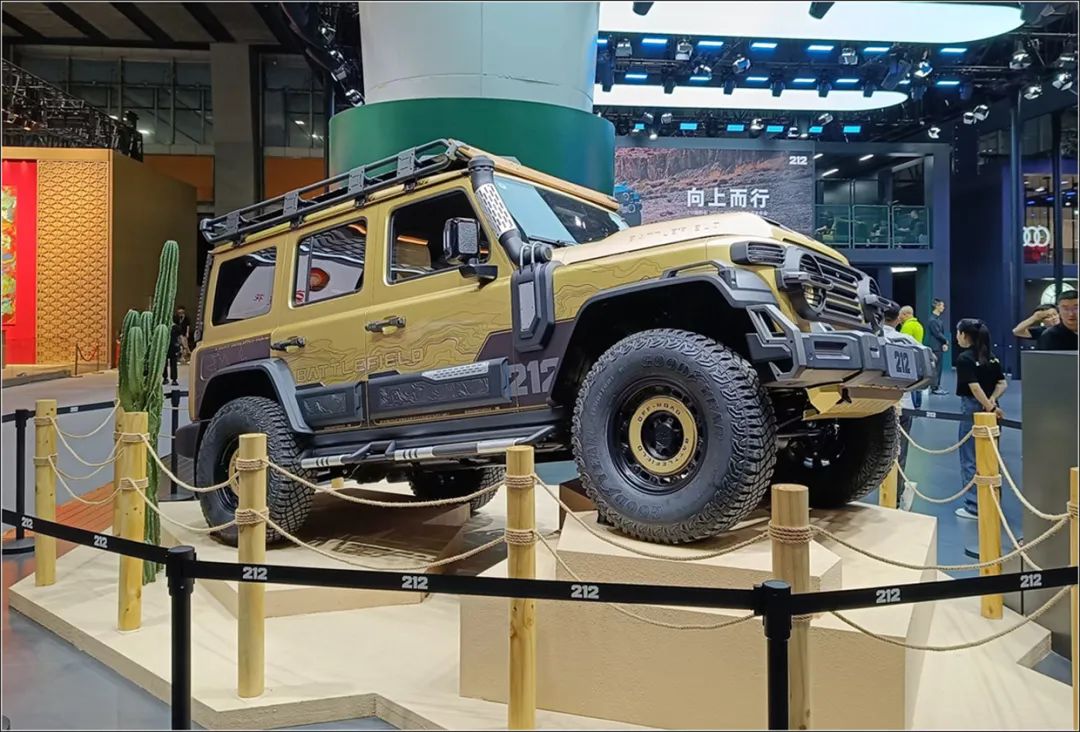
The former rationale is straightforward. Unlike overseas markets, China's auto industry harbors numerous similar enterprises, fostering overt or covert competition. Laggards often seek alternative paths, viewing niche strategies as more viable than head-on confrontations.
A recent example is Nezha Automobile, which narrowly avoided a developmental impasse. Initially, Nezha U and Nezha V targeted SUV and entry-level car markets, adhering to conventional automakers' new model logic. However, as competitors seized these segments, Nezha ventured into niche areas.
From Nezha GT to Nezha S Shooting Brake, as a secondary new force, Nezha naively believed that the vast market could always yield incremental sales through niche offerings. Initially, Nezha GT garnered fans due to its novelty, becoming a unique presence in the 200,000-yuan sports car segment with consistent four-digit monthly sales.
However, as potential customers dwindled, Nezha GT, like previous domestic sports cars, hit a dead end. Similarly, the Nezha S Shooting Brake, aimed at the wagon market, failed to create significant impact.
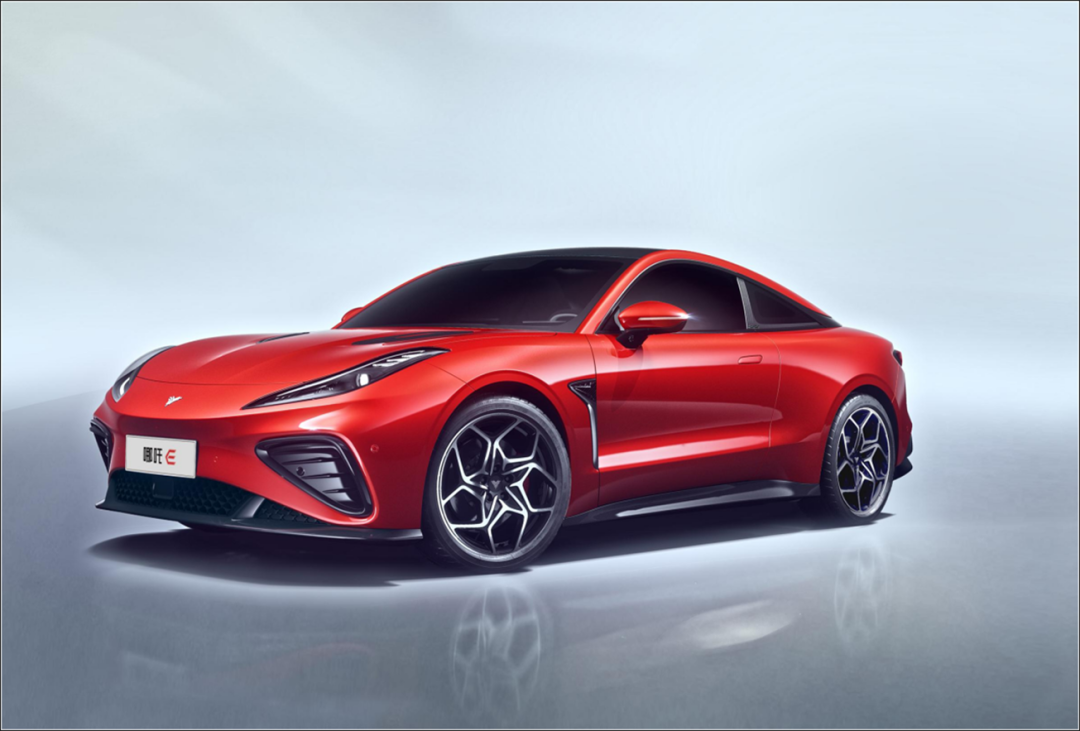
"Isn't China's auto market mature after over two decades of development? Then why can't the market accommodate products emphasizing individuality in recent years?"
Such sentiments are common among observers. However, has China's auto market truly matured? Or, in a society where "car = tool" is deeply ingrained, where does the soil for such vehicles exist?
Mazda's experience is illustrative. When the fourth-generation MX-5 (ND) gained online popularity, Mazda responded by officially introducing a batch, hoping to boost brand momentum. However, instead of quick sales, the cars remained unsold for a year.
Similar situations have arisen repeatedly, yet many automakers persist in niche vehicles, believing they won't be among the unlucky ones.
Emotionally, "Unlike foreign markets, China's vast market needs individualistic works to invigorate the dull scene." Many share this view. Facing burgeoning new consumer demands, China's 25 million annual vehicle sales might accommodate niche vehicles.
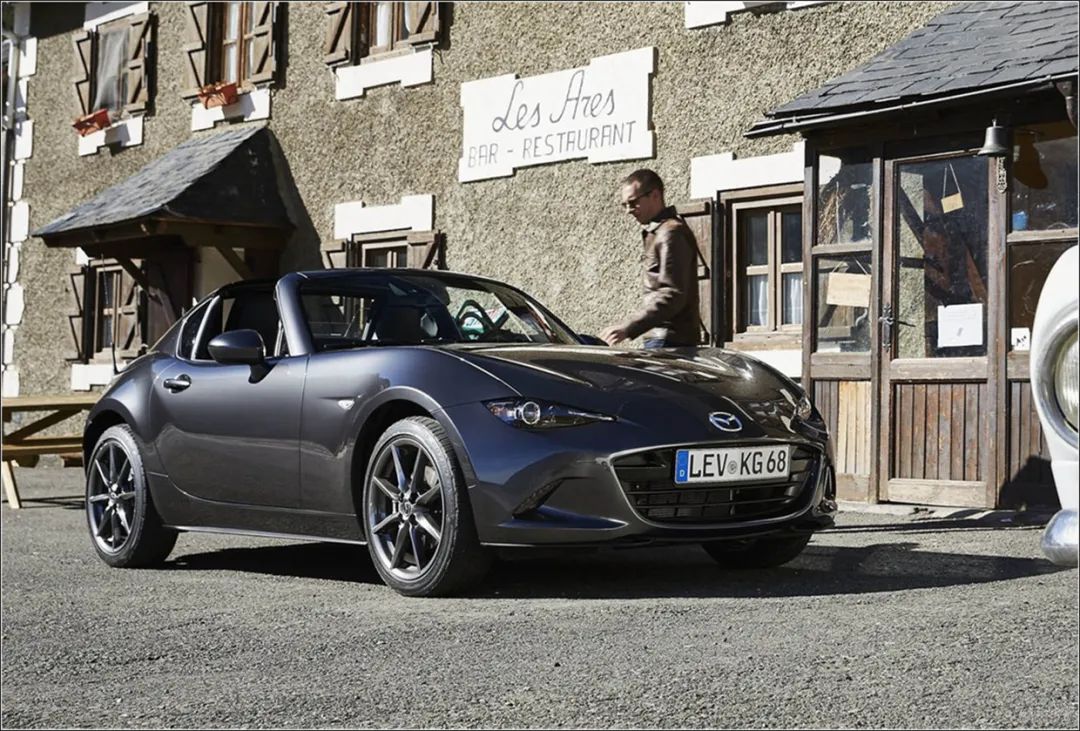
Rationally, when market competition reaches a survival threshold, and automotive profits become scarce, devoting limited resources to the mainstream market surpasses gaining popularity through unconventional models.
Grounding niche targeting in reality
"History teaches us that people never learn from history." Despite this cynical view, everyone strives to refute it.
Similarly, automakers, brimming with confidence, explore new paths, believing, "If others can't, why should I?" This mindset persists in niche vehicle creation.
However, historical contexts and automakers' current statuses cannot be overlooked when niche models flood the market. Regardless of China's market size, introducing new categories implies peaceful competition and consumer willingness driven by more than just price.
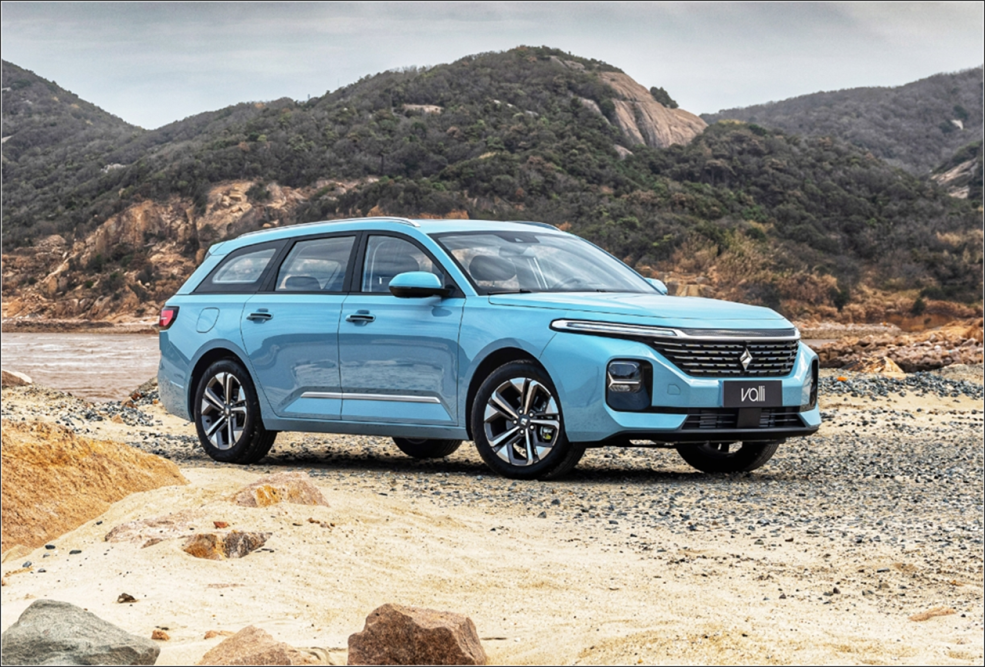
A decade ago, during market booms, powerful automakers like Toyota and Volkswagen introduced niche models like the Beetle, EOS, Golf derivatives, Venza, and Scion xB. This wasn't due to a vast customer base but to prove their capacity to serve specific segments.
Even Chinese brands, from early Brilliance Coolbear, Chery QQme, to later models like Baojun Valli, Geely Remote FX, hardly aimed for sales figures.
Despite knowing niche products are flukes, they're pursued because profits from other segments fund these emotional offerings.
Conversely, the past two years have witnessed a convoluted market. Mainstream product sales require exhaustive marketing, often relying on low prices. In such an environment, even if niche products are created, where's the energy for proper marketing?
In 2024, seeing brands profit from rugged square box cars, it's understandable why models like iCAR V23 and the new BJ 212 rush to market.

However, for those eager to innovate by creating usage scenarios and products, I must apologize: the vision lacks breadth to appreciate this excitement.
Opinions on new cars vary. Whether deeply sympathetic or outright opposed, it's understandable. Even today, quirky models like the Fiat Multipla, Peugeot 1007, Renault Avantime evoke smiles.
Automakers must understand niche vehicle boundaries. Pursuing new growth through limited-appeal models like wagons, pickup trucks, coupe SUVs is reasonable. However, for those creating vehicles for nearly non-existent daily scenarios, please restrain your urge to innovate.


